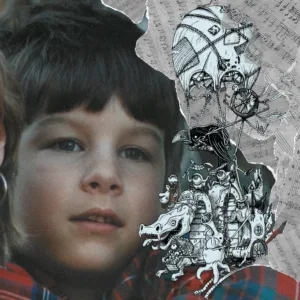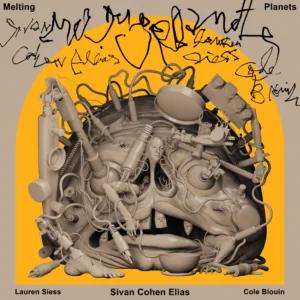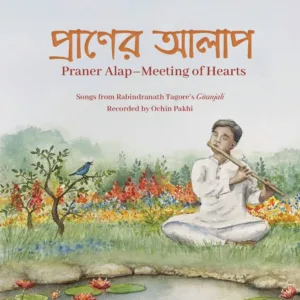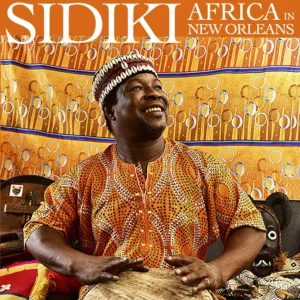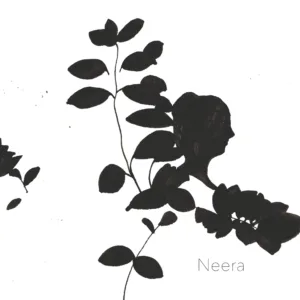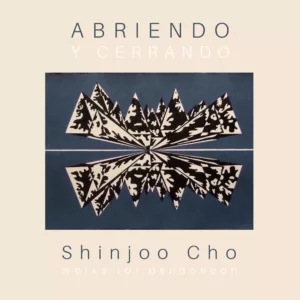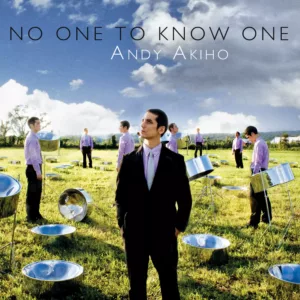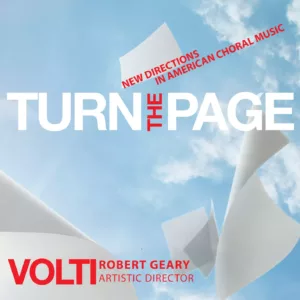Henry Brant Collection Vol. 7
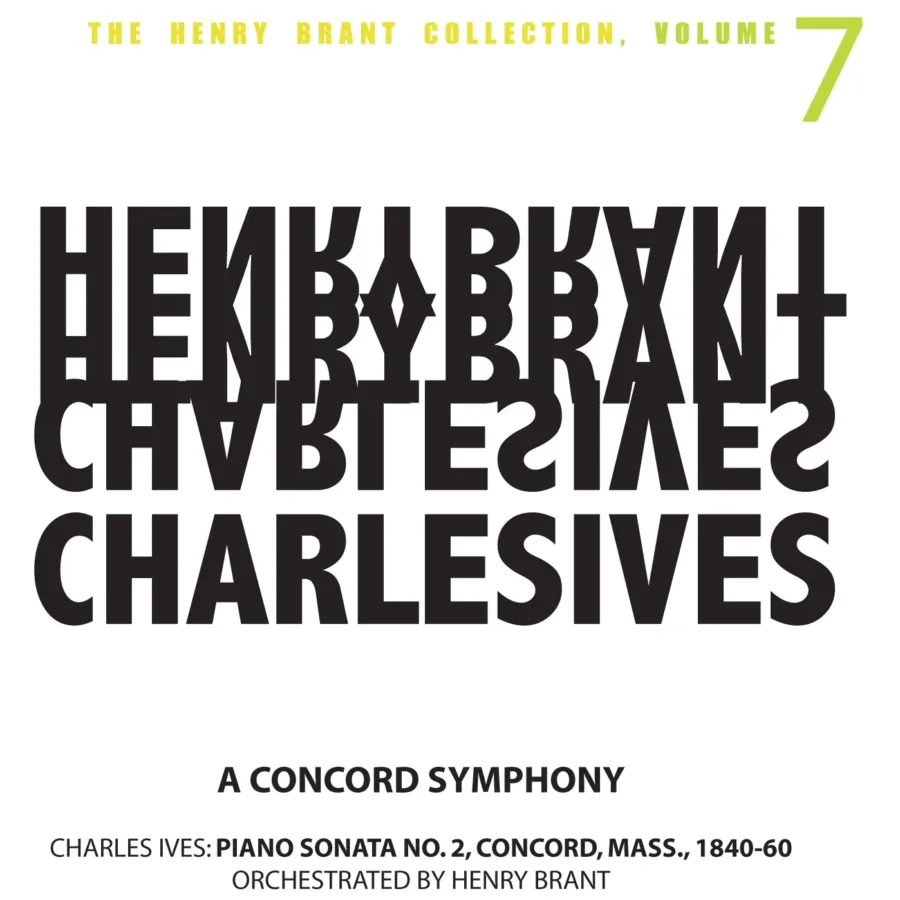
|
Orchestral transcription of Charles Ives’ Piano Sonata No. 2 (Concord, Mass., 1840-1860) Charles Ives (1874-1954), America’s greatest composer, and Henry Brant (b. 1913), America’s greatest orchestrator never met in person. In the transcendental work of this piece, however, they did. Ives’s Concord Sonata (1920), a tour de force for any virtuoso pianist, has long been recognized as one of the most important and far-seeing works of the 20th century. When Henry Brant started practicing it in 1957 he saw the potential it had for becoming the Great American Symphony. Henry Cowell encouraged him in this venture, and for the next 36 years, on and off, Brant worked away at reimagining the work in orchestral terms. His experience as an all-round film composer/orchestrator came in handy: he actually composed much of the original scores to Cleopatra and 2001: A Space Odyssey. The connection between Ives and Brant had already been established when Brant adopted his idea of spatially-separated musicians, as found in The Unanswered Question. What Ives did once, though, Brant has now done in over 100 spatial compositions. As he says: “Ives’s music taught me that there are no limitations as to what can be expressed in music. My orchestration is partly in recognition for all I’ve learned from him. What I had to do was to imagine that symphony. I didn’t try to orchestrate in Ives’s style. For that, I would have needed a conception of life just as complex as Ives had. I also wanted the work to be accessible to conductors, to encourage them to program more works of his. So, A Concord Symphony is influenced by my own conceptions, much as Ravel’s or Schoenberg’s orchestrations of other composer’s work.” The Piano Sonata No. 2, Concord, Mass., 1840-60 is a musical impression of the literary figures associated with transcendentalism there: in the works of Ralph Waldo Emerson, Nathaniel Hawthorne, Louisa May and Amos Bronson Alcott, and Henry David Thoreau. Brant’s orchestral version was premiered in 1995. This performance from 2000 presents the Amsterdam Concertgebouw Orchestra conducted by Dennis Russell Davies. Henry Brant’s textbook on orchestration, Textures & Timbres, begun in the 1940s was published in 2008. Apparently we had been looking in the wrong place: the Great American Symphony turns out to be a Sonata after all. |
